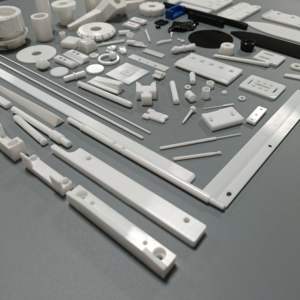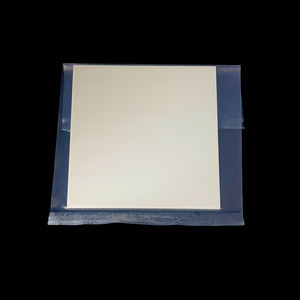Discover Premium Ceramic Products | Durability & Elegance United | Advanced Ceramics
PRODUCT PARAMETERS
Description
Introduction to Quartz Ceramic Products
Quartz ceramic, also known as fused quartz ceramic or pure silicon ceramic, is an advanced ceramic material made of pure silicon dioxide (SiO₂). It is made by melting high-purity quartz sand at high temperature and then cooling and solidifying it. It has unique physical and chemical properties, making it an ideal choice for many high-tech applications. Quartz ceramic products are widely used in semiconductor manufacturing, optics, electronics, chemical industry and high-temperature industries.
Characteristics and advantages of quartz ceramics
Extremely high thermal stability: Quartz ceramics can remain stable under extreme temperature conditions. They are not only resistant to high temperatures, but also show excellent thermal shock resistance in rapid temperature changes.
Low thermal expansion coefficient: Due to its low thermal expansion coefficient, quartz ceramics have good dimensional stability when the temperature changes and are not easy to deform or crack.
Excellent electrical insulation: Provides excellent electrical insulation performance and is suitable for applications requiring high voltage isolation.
High transparency: It has good light transmittance in a wide band from ultraviolet to infrared, and is particularly suitable for applications such as optical windows and lenses.
Chemical stability: Excellent resistance to most acids, alkalis and other corrosive substances, and almost unaffected by other chemicals except hydrofluoric acid and phosphoric acid.
Mechanical strength: Although quartz ceramic is not as hard as some other types of ceramics, it still has enough mechanical strength to meet the needs of many application scenarios.
High UV transmittance: It has high transmittance in the ultraviolet region, which makes it very useful in UV curing equipment and UV spectrometers.
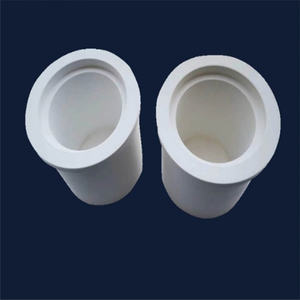
(Inert Gas Nitrogen / Argon Quartz / Alumina Ceramic Tube Atmosphere Furnace)
Specifications of Inert Gas Nitrogen / Argon Quartz / Alumina Ceramic Tube Atmosphere Furnace
The inert gas nitrogen/argon quartz/alumina ceramic tube atmosphere furnace handles high-temperature processes in controlled environments. It works for materials needing protection from oxidation or contamination. The furnace operates up to 1700°C. The heating chamber uses quartz or alumina ceramic tubes. Quartz tubes suit temperatures up to 1200°C. Alumina ceramic tubes handle higher temperatures up to 1700°C. Both materials resist thermal shock and chemical corrosion. The furnace uses nitrogen or argon gas to create an inert atmosphere. Gas flow rates adjust from 0 to 5000 ml/min. The system includes gas inlet/outlet valves and pressure gauges. Users control gas purity levels through sealed connections. The heating elements use silicon carbide or molybdenum disilicide. These materials ensure rapid heating and uniform temperature distribution. The furnace heats at rates up to 20°C per minute. Temperature stability stays within ±1°C. A digital PID controller manages heating profiles. The interface allows setting temperature, hold time, and ramp rates. Programs store custom profiles for repeated use. The chamber volume ranges from 50 mm to 200 mm in diameter. Tube lengths extend up to 1200 mm. Samples load horizontally or vertically. The design includes double-layer insulation for energy efficiency. Safety features include over-temperature alarms and automatic cooling. The furnace shuts down if gas pressure drops or temperatures exceed limits. A water-cooling system protects seals and flanges. Power requirements range from 220V to 480V. The unit suits labs, industrial R&D, and material production. Common applications include sintering, annealing, and crystal growth. The furnace processes metals, ceramics, and semiconductors. Users maintain it by inspecting tubes and replacing worn seals. Accessories include crucibles, boats, and gas flow meters. Custom configurations support specific research needs.
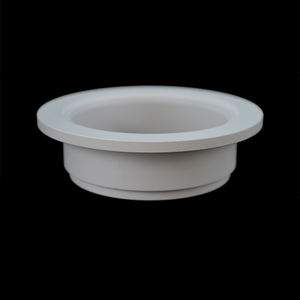
(Inert Gas Nitrogen / Argon Quartz / Alumina Ceramic Tube Atmosphere Furnace)
Applications of Inert Gas Nitrogen / Argon Quartz / Alumina Ceramic Tube Atmosphere Furnace
The inert gas nitrogen/argon quartz/alumina ceramic tube atmosphere furnace provides a controlled environment for high-temperature processes. It uses nitrogen or argon to create an oxygen-free setting. This prevents unwanted reactions like oxidation. The furnace works with quartz or alumina ceramic tubes. Quartz tubes suit lower temperatures and high-purity needs. Alumina ceramic tubes handle higher temperatures and aggressive chemical conditions.
This furnace is used in labs and industries. It supports material synthesis, heat treatment, and sintering. In material research, it helps create metals, ceramics, and composites without contamination. For electronics, it anneals semiconductors or processes battery materials. Aerospace and automotive industries use it to test component durability under extreme heat.
The quartz tube version works below 1200°C. It is ideal for glass processing or precise experiments. The alumina tube version operates up to 1800°C. It suits refractory material testing or metal alloy development. Both tubes resist thermal shock and chemical corrosion. Gas flow rates and pressure are adjustable. This ensures stable conditions for sensitive tasks.
The furnace features precise temperature control. Users set heating rates and soak times digitally. Safety systems monitor gas levels and tube integrity. Alarms trigger if parameters shift. The compact design saves space. It fits in small labs or crowded workshops. Maintenance is simple. Tubes and heating elements are easy to replace.
Customers choose this furnace for reliability and flexibility. It meets standards for industries like metallurgy, energy, and nanotechnology. Custom configurations are available. Options include extra ports for sensors or additional gas inputs. This adaptability makes it useful for research and production.
The inert gas atmosphere furnace reduces sample waste. It improves repeatability in experiments. Users achieve consistent results for quality control. Its durability lowers long-term costs. The furnace suits academic institutions and industrial facilities. It addresses challenges in advanced material development.
Company Introduction
Advanced Ceramics founded on October 17, 2014, is a high-tech enterprise committed to the research and development, production, processing, sales and technical services of ceramic relative materials and products.. Since its establishment in 2014, the company has been committed to providing customers with the best products and services, and has become a leader in the industry through continuous technological innovation and strict quality management.
Our products includes but not limited to Silicon carbide ceramic products, Boron Carbide Ceramic Products, Boron Nitride Ceramic Products, Silicon Carbide Ceramic Products, Silicon Nitride Ceramic Products, Zirconium Dioxide Ceramic Products, Quartz Products, etc. Please feel free to contact us.(nanotrun@yahoo.com)

Payment Methods
T/T, Western Union, Paypal, Credit Card etc.
Shipment Methods
By air, by sea, by express, as customers request.

5 FAQs of Inert Gas Nitrogen / Argon Quartz / Alumina Ceramic Tube Atmosphere Furnace
What is an inert gas atmosphere furnace used for? The furnace creates a controlled environment for heating materials without exposing them to air. This is crucial for processes needing no oxygen or moisture. It works with metals, ceramics, or chemicals. The inert gases like nitrogen or argon replace the air inside the chamber. This stops oxidation or contamination during high-temperature steps.
Why use nitrogen or argon in the furnace? These gases are chemically inactive. They do not react with most materials even at high heat. Nitrogen is cheaper and suits general applications. Argon is heavier and better for preventing reactions in sensitive materials. Both gases keep the furnace environment stable. They protect samples from unwanted chemical changes during heating.
What is the difference between quartz and alumina ceramic tubes? Quartz tubes handle temperatures up to 1200°C. They are transparent and work well for visible monitoring. Alumina tubes withstand higher heat, up to 1800°C. They are stronger and resist thermal shock better. The choice depends on temperature needs and material compatibility. Quartz is ideal for moderate heat. Alumina suits extreme temperatures.
What temperature range does this furnace cover? Models vary. Standard units reach 1200°C with quartz tubes. High-temperature versions using alumina go up to 1800°C. The range depends on heating elements and insulation. Users must check specs for their specific needs. Consistent temperature control ensures reliable results. Overheating beyond tube limits causes damage.
What safety features are included? The furnace has automatic shut-off for overheating or gas leaks. Alarms alert users to pressure drops or gas flow issues. Tubes are designed to handle thermal stress. Protective casings prevent external heat exposure. Proper ventilation is required to manage gas exhaust. Regular maintenance checks ensure safe operation.
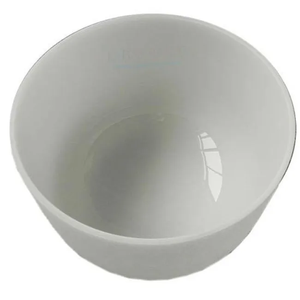
(Inert Gas Nitrogen / Argon Quartz / Alumina Ceramic Tube Atmosphere Furnace)
REQUEST A QUOTE
RELATED PRODUCTS
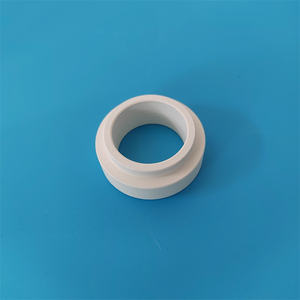
Factory Supply Whole Mug Ceramic Heating Element Quartz Ceramics
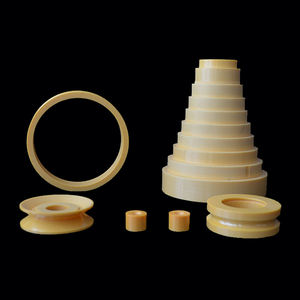
Excellent Cheap Quartz Powder for Industrial
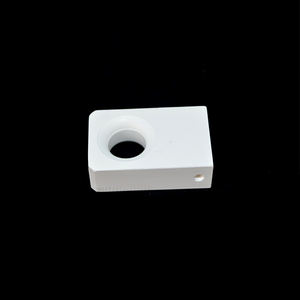
Fully Automatic Stone, Quartz and Ceramic Processing Wastewater Recycling System
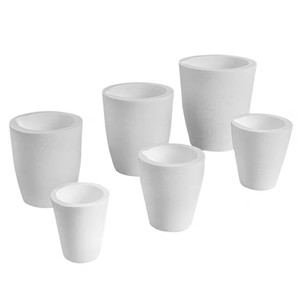
New Arrival clear Star Filament 220v 300w Ceramic Quartz Halogen Infrared Heating Lamp for Bathroom Animal
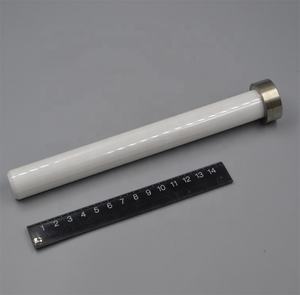
Ceramic Foundry Industry Silica Quartz Sand Per Ton Buyers From India Malaysia Egypt
